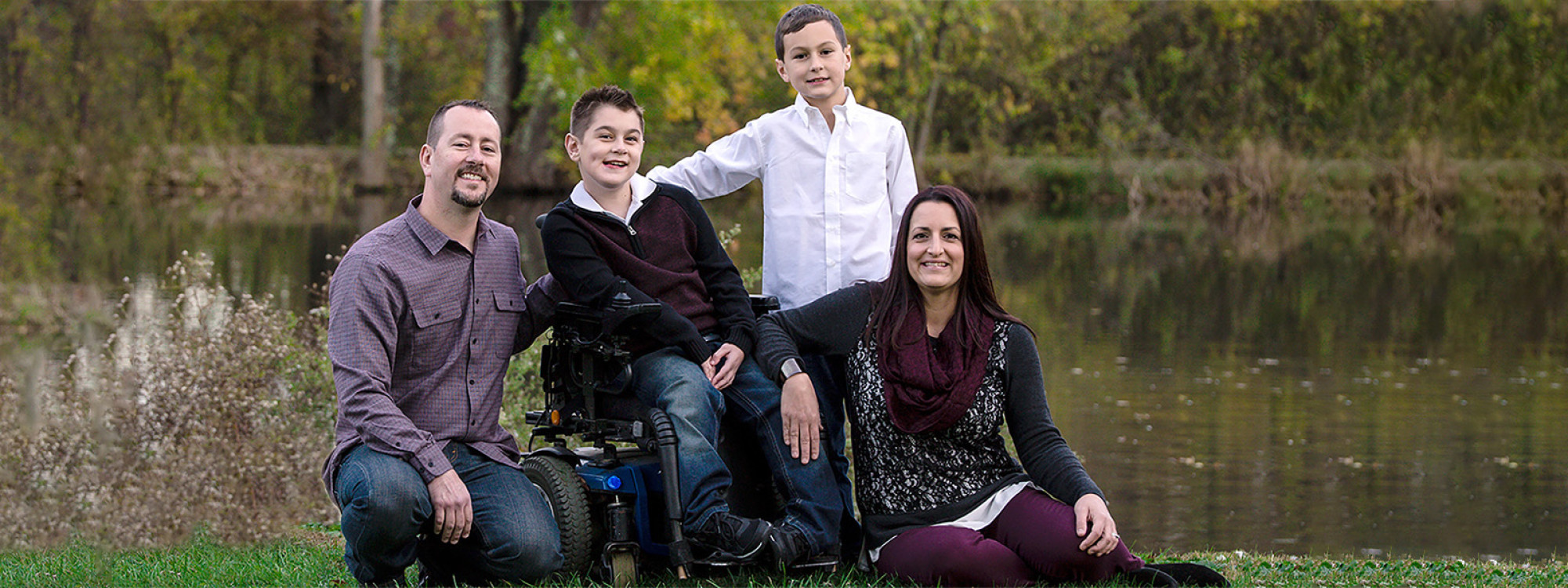
Little Hercules Foundation relies on the generosity of individuals around the world, like you, who believe in our mission and in the power to make a difference in the lives of those diagnosed with — and families fighting against — Duchenne muscular dystrophy.